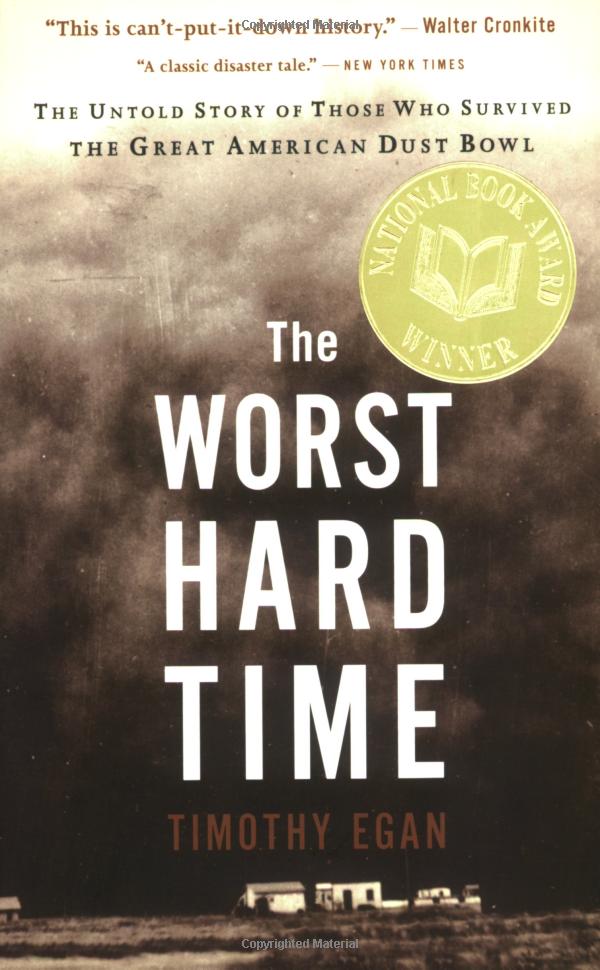
A friend of mine gave me a used copy of Where I’m Calling From: New and Selected Stories by Raymond Carver. She had picked up the book from the free shelves at our library, which is a section of books that have been donated by people who need to make room in their homes for more books. Anyone can come in, peruse those shelves, take what they want, and leave — no library card needed. People can keep the books, pass them along to friends, or donate them back to the library. Note: I’m keeping the copy of Carver’s short stories. My heirs can argue over who gets to inherit it.
My paperback edition of Carver’s stories was published in 1989 by Vintage Books: A Division of Random House. My particular copy has an intense black-and-white photo of Carver staring at his readers. The whites of Carver’s eyes are abnormally bright, suggesting an effect created by the photographer. Carver is neither smiling nor frowning, but looks like he could have done either after the shutter clicked. Every time I look at his photo, I wonder what he is thinking. This book is still in print, but the updated cover art isn’t nearly as interesting as Marion Ettlinger’s photograph of Carver, with its Mona Lisa vibe.
After my friend finished reading Carver’s book, she thought I’d like to read it. Sure, why not. I hadn’t remembered reading any of Carver’s work before. (Probably not the only gaping hole in my literary education. I still haven’t read a single Colleen Hoover novel or War and Peace.)
There is no way I’m going to take on reviewing Carver’s short story collection. Literary critics have done that. But having read the book, cover to cover, I feel compelled to share some thoughts.
If you write short stories, you might want to read Raymond Carver, not because you need to write like him, but because you will learn about craft from him. So here, and in no particular order, are random thoughts about Carver’s stories:
- He writes great dialogue, conversations filled with irony, skepticism, avoidance, misunderstandings, and sarcasm — the way angry, unhappy, disillusioned, conflicted people talk.
- He writes great first-person point of view narration. It’s not easy to create a character’s narrative voice that can reflect, ponder, and think about the past and the present without becoming oppressive or irritating. It’s a skill that when done right looks so easy, but when done wrong sounds like fingernails scratching on a chalkboard.
- He creates characters who come to life, stirring up emotions of dread, disgust, helplessness, loss, confusion, regret, grief, boredom, uselessness, and addiction. Carver has been called a postmodernist and a minimalist. He writes about real life in a stark manner with bruised and broken characters, leaving readers to fill in between the lines, and he doesn’t provide tidy endings. But you don’t need to go all postmodernist to admire and learn from Carver’s character development.
- I read Carver’s stories before bed. Some of his characters drank so much alcohol, I worried I would be hungover in the morning. They lit up one cigarette after another, filling ashtrays to overflowing. Occasionally, a joint gets passed around. The dulling of the senses is a motif in many of Carver’s stories, but it’s usually not the story. It’s an atmosphere created, one that made me psychosomatically nauseous as I read through a powerfully told, unsettling story.
- I didn’t like all of Carver’s stories. To me, some of them were little more than a short conversation, and I felt something was missing. This was especially true when the dialogue pulled me in, making me want more of a story. Most of the stories I didn’t like were in the first part of the book, but I kept reading because it was Raymond Carver, who is considered one of the finest short story writers in American literature.
- But I loved a lot of his stories, usually the longer ones, which were in the second half of his book. My favorites from this collection: “The Third Thing That Killed My Father Off”, “So Much Water So Close to Home”, “Careful”, “Where I’m Calling From”, “Chef’s House”, “Fever”, “Feathers”, “Cathedral”, “A Small Good Thing”, “Boxes”, “Elephant”, and “Blackbird Pie.”
- Carver’s story titles throw subtle, understated jabs at the situations in his stories. The title “A Small Good Thing” nods to a sad irony in a tragic story. The title “Where I’m Calling From” is layered with multiple meanings, including its play on the phrase, where I’m coming from. The one-word title “Boxes” is brilliant in its ability to cover the physical and the metaphorical dimensions of a dysfunctional family.
- Carver sometimes weaves absurdly unexpected events into the mundane. And they’re believable because Carver believes them. For example, in the story “Feathers” a city couple goes to dinner at a country couple’s house. The country couple have an ornery peacock that likes to come into the house at night, a plaster-of-Paris cast of repulsive teeth that decorates the top of their TV, and the ugliest baby one can imagine. My take-away: Don’t be afraid to throw curveballs in your story.
- Even though some of Carver’s characters believe they are happy, they actually live vapid lives, teetering in the balance. So, when a complication occurs, their lives become complete crap, miring them in muck that will stick to them, even should they pull themselves out of the cesspool. The stories I liked best reveal a before, followed by a pivotal change, which lets loose a wrecking ball headed toward at least one of the characters. We don’t get to see the impact; we are left to imagine it.
- Less is more. Carver’s stories say so much by not saying all of it. Every word counts for something, and he never nags. I’m reminded of Grandma’s advice: Put your jewelry on, then take one piece off. Or Marilyn Monroe’s advice: Don’t make your hairdo too perfect, or no one will notice the rest of you. You know, just “kill your little darlings.”
- Of course, I looked up Carver’s own story. He died of lung cancer. He was an alcoholic, but found sobriety. He had a failed marriage, but found a second love. He died young, at 50, but he achieved a literary immortality.
A shout-out to my kind friend who handed me a collection of Carver’s stories and said, “I thought you might like to read these.” She was right.
And I recently discovered I won’t have to read War & Peace because PBS is airing it as a miniseries, starring James Norton, a dreamy British actor, who I came to adore while watching Grantchester. That means I have time to re-read David Copperfield and Huckleberry Finn then read Demon Copperhead by Barbara Kingsolver and James by Percival Everett.















